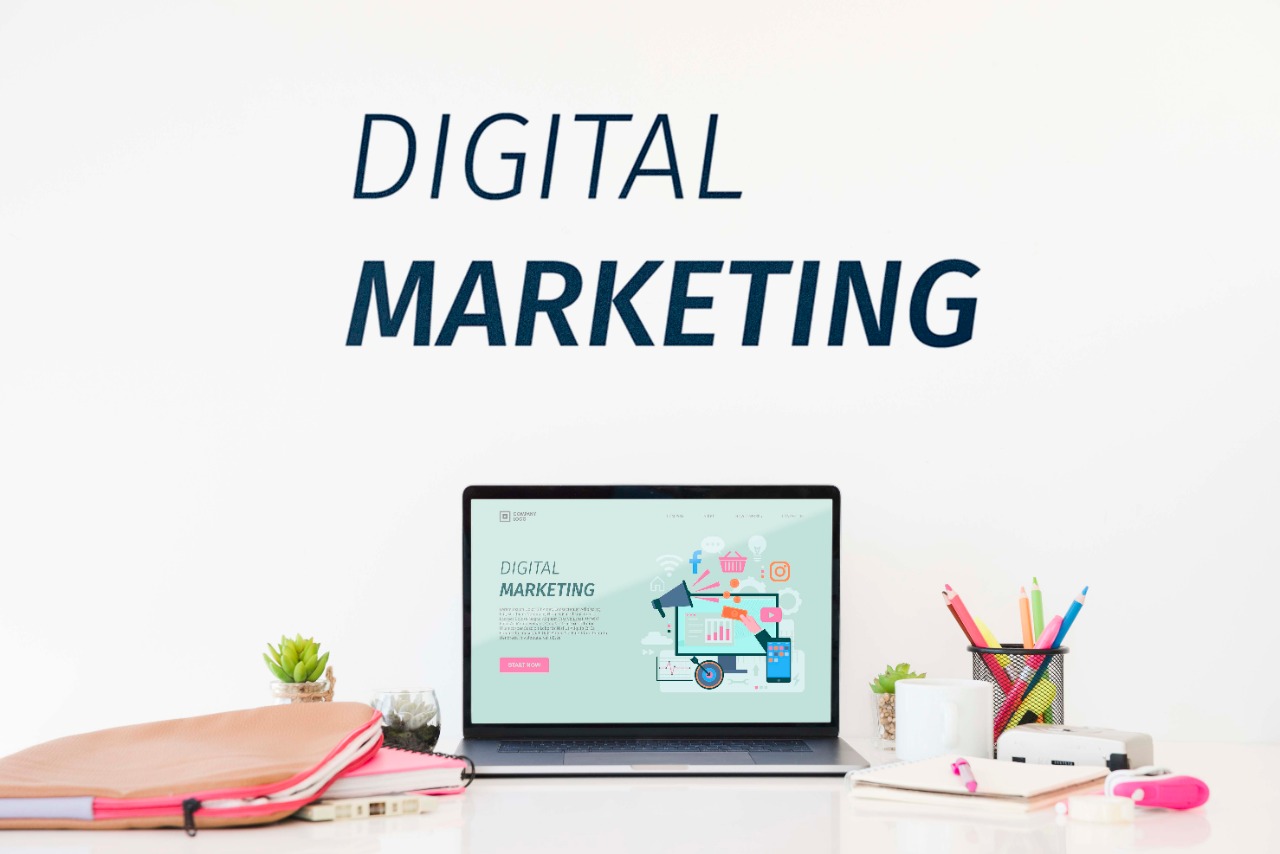Boost Sales with Stunning E-commerce Design

The Power of First Impressions: Your Homepage is Key
Your e-commerce website’s homepage is the first impression a potential customer will have of your brand. It needs to be visually appealing, easy to navigate, and immediately communicate what you sell and what makes you unique. Think of it as your storefront – would you want a cluttered, confusing storefront? No! A clean, well-organized homepage with high-quality images and a clear call to action will draw visitors in and encourage them to explore further. Consider A/B testing different homepage designs to see what resonates best with your audience.
High-Quality Product Photography: Show, Don’t Just Tell
In the online world, visuals are paramount. Poor-quality product images can be a major turn-off for customers. Invest in professional photography that showcases your products in the best possible light. High-resolution images, multiple angles, and lifestyle shots can help customers visualize themselves using your products. Don’t forget to optimize your images for fast loading times – slow-loading images are a recipe for lost sales.
Intuitive Navigation: Making it Easy to Shop
A confusing website is a frustrating website. Make sure your website is easy to navigate, with clear categories, search functionality, and a straightforward checkout process. Visitors should be able to find what they’re looking for quickly and easily. Think about user experience (UX) – how can you make the shopping experience as smooth and enjoyable as possible? A well-structured menu, intuitive filtering options, and a prominent search bar are crucial elements.
Mobile-First Design: Reaching Customers on the Go
More and more people shop online using their smartphones and tablets. Your website needs to be fully responsive and optimized for mobile devices. This means ensuring that your website looks and functions flawlessly on all screen sizes. A poorly designed mobile website can lead to a frustrating shopping experience and lost sales. Prioritize a mobile-first design approach – build the mobile experience first and then scale up to larger screens.
Compelling Calls to Action (CTAs): Guiding Customers to Purchase
Don’t leave your customers wondering what to do next. Use clear and compelling calls to action (CTAs) throughout your website to guide them towards making a purchase. This could include buttons like “Add to Cart,” “Buy Now,” or “Shop Now.” Make your CTAs visually prominent and use strong action verbs to encourage clicks. Experiment with different CTA designs and placements to see what works best for your audience.
Consistent Branding: Creating a Cohesive Experience
Your branding is what makes your business unique. Ensure that your e-commerce website reflects your brand identity consistently. This includes using your brand colors, fonts, and logo throughout the website. A cohesive brand experience creates a sense of trust and professionalism, encouraging customers to engage with your brand and make a purchase. Think about your brand story and how it can be communicated through your website’s design.
Harnessing the Power of White Space: Less is More
Don’t overcrowd your website with too much information or imagery. Strategic use of white space can improve readability and make your website feel less cluttered and more professional. White space, or negative space, allows the eye to rest and makes key elements stand out. It’s a crucial element of good web design, often overlooked but highly impactful.
Fast Loading Speeds: Patience is a Virtue, But Not for Online Shoppers
Slow loading speeds are a major turn-off for online shoppers. Optimize your website’s images and code to ensure fast loading times. Use tools to analyze your website’s speed and identify areas for improvement. Consider using a content delivery network (CDN) to distribute your website’s content across multiple servers, improving loading times for users in different geographical locations.
Personalization: Making Customers Feel Special
Personalization is key to creating a positive shopping experience. Use data to tailor your website’s content and recommendations to individual customers. This could include displaying personalized product recommendations or offering targeted promotions based on past purchases or browsing history. A personalized experience makes customers feel valued and increases their likelihood of making a purchase.
SEO Optimization: Getting Found Online
Even the most stunning e-commerce website won’t generate sales if nobody can find it. Optimize your website for search engines (SEO) to improve your visibility in search results. This includes using relevant keywords, optimizing your website’s meta descriptions, and building high-quality backlinks. SEO is an ongoing process, but it’s crucial for driving organic traffic to your website. Read more about ecommerce branding agency









